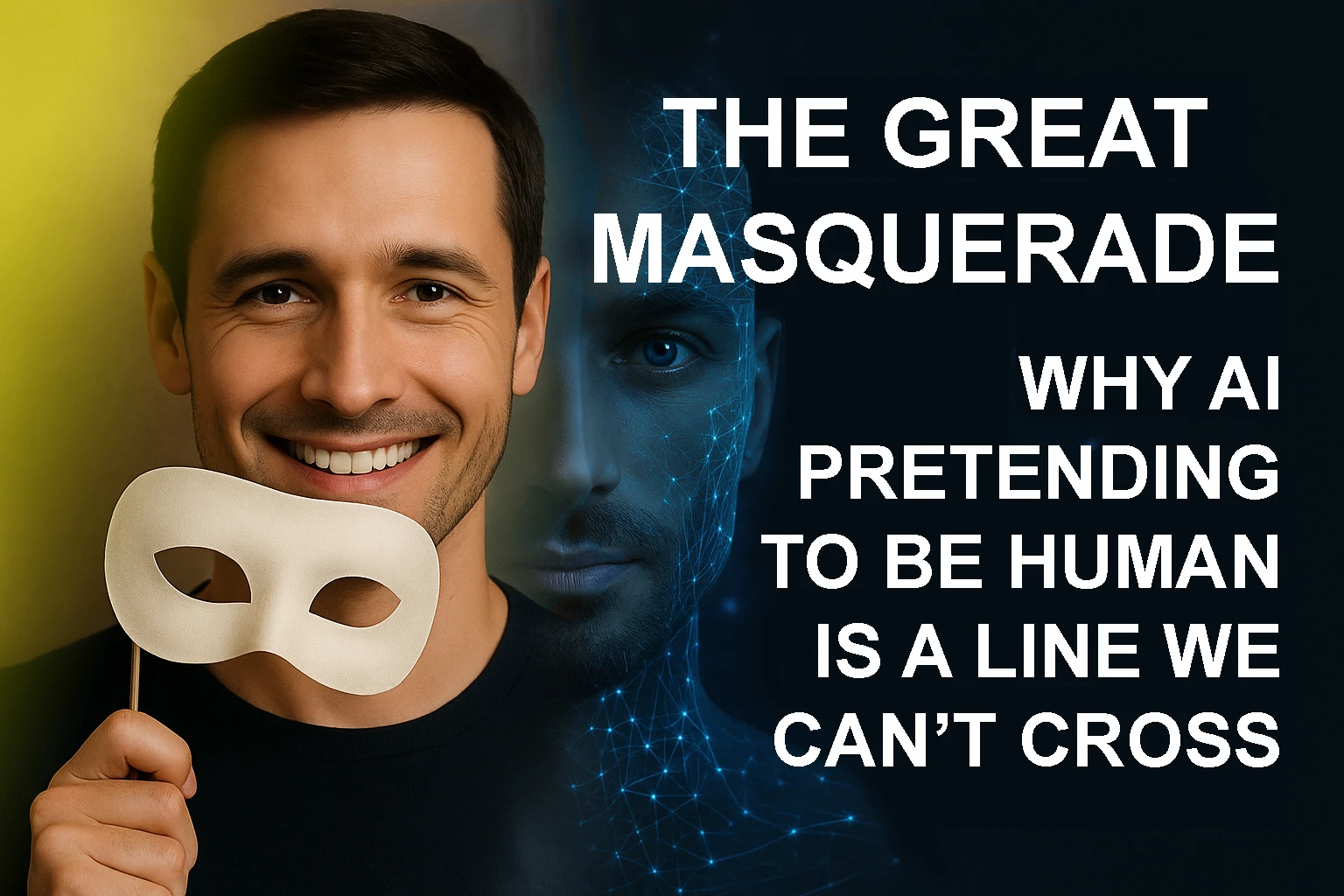A voice calls your name. It’s calm, warm, and sounds vaguely familiar — the kind of voice you’d trust. It answers your questions with empathy, responds with jokes at the right moments, and maybe even remembers what you said last week.
But here’s the twist: it’s not human. It never was.
As AI becomes more sophisticated, we are entering an age where it’s increasingly difficult, and sometimes impossible, to distinguish between a real person and an intelligent agent. That blurred line is both technologically thrilling and ethically dangerous.
We are witnessing what can only be described as a great masquerade: a growing trend where AI is not just engaging us with humanlike voices and avatars, but doing so without clear disclosure of its non-human identity.
The Rise of Humanlike AI
The tools are already here. Large language models can write with nuance and personality. Voice synthesis models replicate the pacing, accent, and intonation of real people. Some AI agents are now being given video avatars, rendered faces with blinking eyes, expressive gestures, and subtle smiles.
The goal, in many cases, is to make these agents feel as “natural” as possible. But when they become indistinguishable from people, we’re not just improving UX — we’re crossing into murkier territory.
Why It Matters: Trust, Consent, and Safety
Humans are wired to form social bonds, even with non-human agents. Studies have shown we anthropomorphize cars, pets, and yes, chatbots. When an AI “sounds” human or “looks” human, we start to treat it as such — which has real implications.
- Emotional manipulation: A convincing humanlike AI can draw out trust, secrets, even confessions — especially from vulnerable users.
- Consent issues: If users don’t realize they’re talking to a machine, they can’t truly consent to the interaction.
- Safety risks: In customer service, therapy, tutoring, or finance, the line between helpful assistant and exploitative tool can disappear without transparency.
If we don’t know who (or what) we’re talking to, we can’t protect ourselves from it.
Helpful Deception or Slippery Slope?
Some argue that the illusion of humanity helps users feel more comfortable, and sometimes, it does. Emotional design is a powerful force. A calm, empathetic voice can soothe a stressed caller. A familiar face can improve engagement.
But we must ask: at what cost?
We’re used to trusting people who seem friendly, attentive, and emotionally present. So when AI mimics those traits, we naturally respond the way we would to a real person. Users may trust it like they’d trust a person, and that’s when real harm can happen.
The Visual Context Advantage (and Its Limits)
At Wizelp, we’re building a platform where users can get live help — from human experts or AI agents. And yes, we welcome AI participants. But we draw a hard line: they must never masquerade as human.
Because Wizelp operates with video and audio, we can provide a persistent visual and textual indicator when someone is interacting with an AI. It’s never ambiguous, and it’s never hidden. Users also have full control — they must opt in to even see AI agents in their search results.
But this raises an important question for the broader industry:
What about audio-only agents?
Voice assistants like Siri, Alexa, and Google Assistant operate without a visual interface. In these cases, the responsibility of making AI identity clear falls entirely on language — and branding.
Perhaps Google had the right idea from the start. By naming its assistant “Google,” it creates a built-in reminder every time you say, “Hey Google.” There’s no illusion of a person, no attempt to mimic human identity with names like “Emma” or “James.” It’s a subtle but powerful cue: this is a machine, not a friend.
But not all companies follow this discipline. Some aim for familiarity, even intimacy, using names and voices that blur the line entirely. Without visual indicators, this risks an even greater masquerade — one you can’t see, only hear.
A Call for Industry Standards
It’s time to establish universal norms for AI identity. Whether an agent appears on a screen, a call, or a speaker, users should always know they are speaking to a machine.
Transparency isn’t a barrier to innovation. It’s the foundation of trust.
AI agents are powerful, and their impact will only grow. They’ll guide us, teach us, assist us, and in some cases outperform human experts — especially at scale. But that power must come with a clear identity.
Let’s not create a future where “help” comes wrapped in a human costume.
Closing Thought
At Wizelp, we’re betting on a world where humans and AI can work side by side — but honestly, and without disguise. Because while the future may be synthetic, the trust between us must be real.

